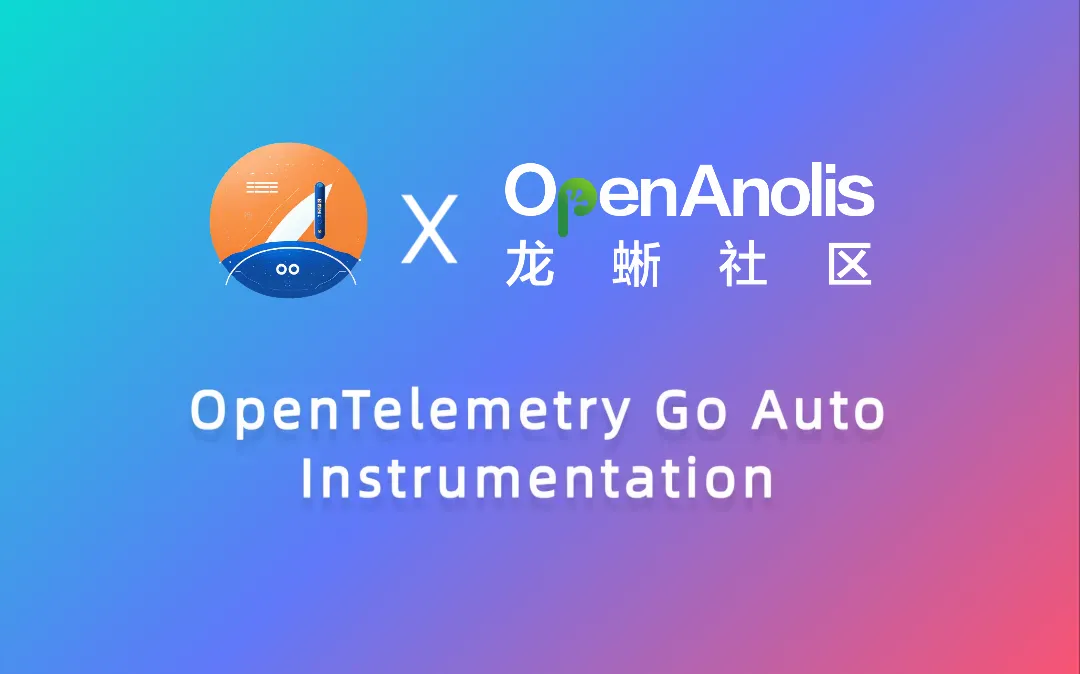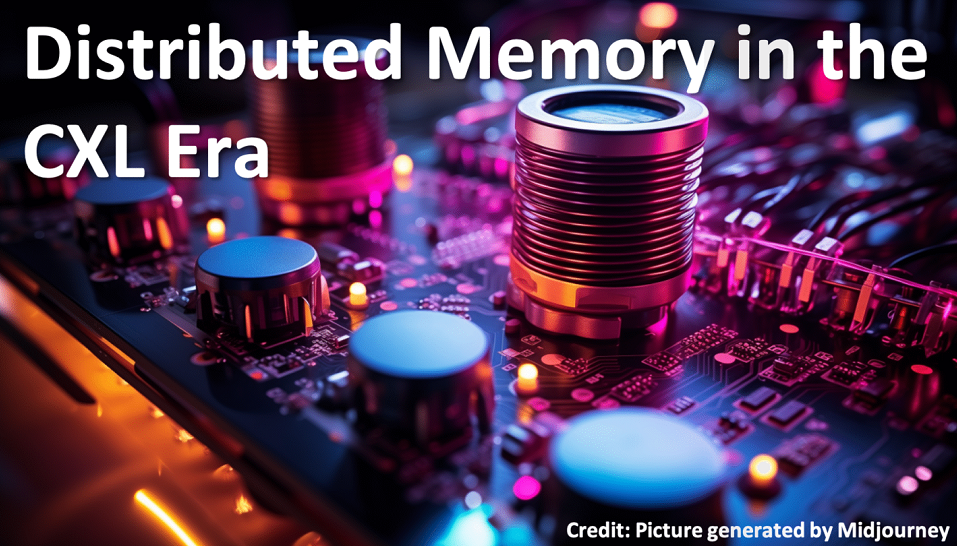
OpenAnolis Official Website: https://openanolis.cn/
FollowThis article introduces the Java memory diagnostics feature. It helps quickly identify the root causes of abnormal memory usage in Java applications from the application and OS perspectives.

This article introduces SysOM’s one-click tool for minute-level I/O bottleneck detection and root cause analysis in multi-tenant cloud environments.

This article introduces Alibaba Cloud’s OS Console, an AI-driven one-stop platform that automates OS anomaly detection, root-cause analysis, and repair guidance for Kubernetes O&M challenges.

This article introduces Alibaba Cloud’s OS Console, a one-stop automated O&M platform that simplifies OS troubleshooting and maintenance.

The article explains how Alibaba Cloud’s OS Console can rapidly diagnose and resolve network packet-loss issues in cloud environments.

This article provides efficient solutions for business pain points like "service exceptions caused by process performance bottlenecks" along with practical cases.

This article uses Alinux as the operating environment to explain the advantages of modules over traditional header files.

This article introduces how to use Alibaba Cloud's open-source yaLanTingLibs C++ compile-time reflection library for tasks like serialization and object manipulation.

The article introduces how AI is being used to unify and simplify operating system tools, addressing management challenges.

This article offers technical analysis and practical guidance to help developers apply innovative technology to enhance monitoring and service governance in Golang applications.

This article provides a detailed introduction to the features and usage of eNetSTL.

The article explores how the growing AI industry is influencing operating systems, including AI-driven design, AI-assisted user experience, and AI-aided OS development.

This article introduces an interview with experts from Alibaba Cloud on the integration of cloud intelligence and the development of China's domestic server operating systems.

The article introduces the applications and challenges of the CXL-based DSM (Distributed Shared Memory) paradigm in distributed applications.

This article introduces the way to upgrade Alibaba Cloud Linux 2 to Alibaba Cloud Linux 3 using Alibaba Cloud Server Migration Center and its benefits.

This article addresses the memory black hole problem in containers and introduces a comprehensive solution to the containerization problems by ACK.

This article introduces Git LFS and how to use Dragonfly to accelerates the distribution of large files with Git LFS.

This article provides a detailed overview of Ant Security Technology's implementation of image acceleration using the OpenAnolis technology.

OpenAnolis, Anolis OS, Operating System, Developers, CentOS, Linux, Open source

This article will introduce the Memory folios that the basic part of the folio has started to merge into Linux 5.16.

5181729909580205 Commented on TCP SYN Queue and Accept Queue Overflow Explained
5544821552242248 Commented on TCP SYN Queue and Accept Queue Overflow Explained